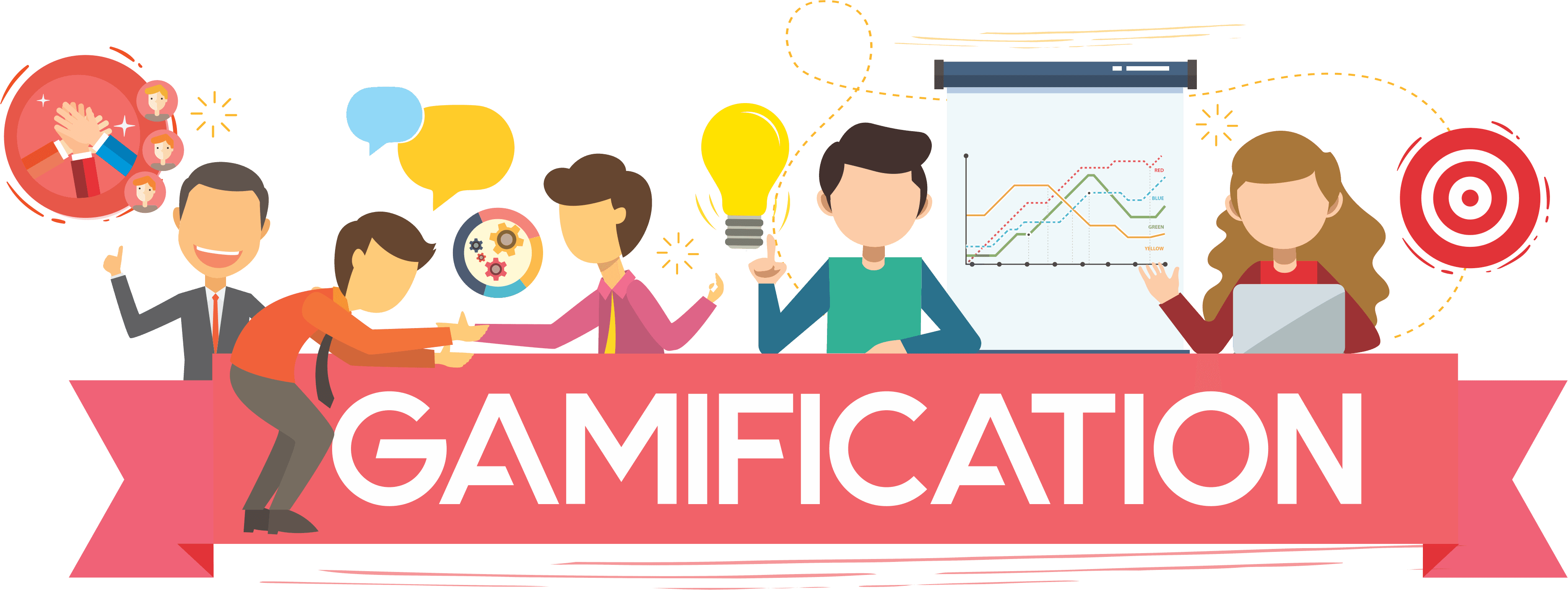
BY ARTHUR CARMAZZI
Time is our most precious commodity. We work, start businesses, embark on adventures, and even have children to improve the quality of time in our life. BUT, many, ok, most, may see work as a necessary, lower quality of time spent to improve the rest of their Time…
But is it about difficulty? Do employees become disengaged because work is too hard or too much?
NO!
As human beings we will Gladly do more difficult “Work” and spend more “Time” if we “Feel” positive emotion about what we are doing. Think Golf… wake up early, do the paperwork, drag around heavy equipment, wait for the slow, incompetent people to finish, and chase a ball in the hot sun while trying to “improve your game”… and you even pay the country club to do this!
So low engagement is not about the work (Even the excrement cleaners can enjoy their job as illustrated in the book Architects of Extraordinary Team Culture)… it is about the quality of the emotions during the “TIME” at work… and the greatest positive emotions come from a sense of purpose.
So “purpose” is a big word and has a different meaning to each and every one of us… but according to our research with over 1800 teams in 53 different countries… with multiple cultures, education levels and positions from CEOs to Janitors… there is one thing everyone can agree on!
…what makes an Ideal Work Environment.
There are 5 factors that most everyone independently comes up with:
- Teamwork, common goals and working together to achieve them
- A Supportive Work Environment, others, even if not on your team or department, at least listen to your ideas and support you to overcome challenges
- Trust, both sides of the spectrum… to be trusted to do the work and come up with solution (autonomy), and to be able to trust others to be accountable
- Clarity, to know what you need to do to succeed, have a clear vision, have training and know what each other needs to succeed with you
- Fun… kindaself explanatory!
The question is though… “if everyone has the same idea for the ideal work environment (and a Common Purpose), then why can’t we achieve it?”
…and the answer is:
…Because we focus on the process instead of the objective! Each individual has a specific “Ambiguity Relief” process that affect the perception of HOW to do it Right… and we tend to want to be right!
And this is where Gamification of Workcloses the gap!
No matter what state an existing organizational culture is in, gamification connects all these “Ideal Work Environment” elements to support the manifestation of a purpose driven culture where the purpose is becoming more valuable, more effective, and have more fun doing it together.
To start the gamification journey in an existing culture, the key is benchmarking and measuring progress in areas that support individual success through organizational objectives. There are 8 steps to make this happen.
Step 1: Start with benchmarking how evolved your culture is, the culture assessment tool we use is the CCEE.As you progress the company initiates the assessment again to see progress.
Step 2: Based on culture information, set objectives to improve organizational culture. This can relate to cross departmental communication and cooperation, service excellence, innovation… whatever is in line with the top 3 organizational values and supports the creation of an ideal working environment.
Step 3: Identify the behaviours that would be required to achieve these objectives
Step 4: identify the emotions that would motivate the behaviours in step 3. This is the key in successful gamigication. Focusing on the motivators rather than the behaviours will support a more sustainable result.
Step 5: Theme it. While some may say it is childish, alter egos and avatars allow us to escape the mindset of difficulty and barriers, and draw on the special powers (or at least mindset) of the alter ego… escape equals diversity and diversity is the foundation of fun.
Step 6: Create the mechanisms to play, win, and feel achievement while doing work. Think game with easy rules and tied to specific outcomes… and make sure the Theme is incorporated into it. Download the infographic to know more at www.gamification.academy
Step 7: Add elements that define, reward, and measure achievement of teams or individuals within the mechanisms you created. These could be points, ranks, movie vouchers… and be measured with apps like Squadli Performance Management app, leader boards, hero indexes…
Step 8: Find partners to play with you. These could be other departments, vendors, or even clients. The objective would be to include those who will not only benefit from being included, but will enhance the end result for all.
Finally, have fun in the process, get everyone involved. If people can create their own game, they will be more engaged to play it and they will come up with more relevant ideas to motivate achievement… plus, the process will get people excited about the end result.
Arthur Carmazzi is a bestselling author and is currently ranked as one of the world’s top 10 thought leaders in Leadership and Organizational Culture. More about arthur Carmazzi at: www.carmazzi.net



